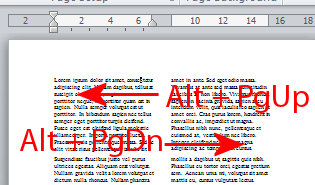

This feature is available in Word, but it is not on any of the ribbon tabs. You may also notice that you don’t see an AutoSum button on the Word Layout tab or any of the other tabs.

These types of problems don’t normally occur in Excel because you have to specify exactly which cells you want to perform the calculations on, but in Word, that’s not the case. Obviously, keep this in mind and check your the results to make sure they are correct.
#Word for mac columns update
Now if I put a 0 in the cell and update the field, then it gives me the correct answer I was looking for. So instead of summing everything from Jan to June, it’s only summing the values from April thru June. For the month of March, there is no data in the second column. For example, take a look at the data below. The data should all be contiguous, meaning there should be no breaks in the data. There is one big caveat when using formulas like this in Word. You can also press F9 while a field is selected to update it. If you change any of the numbers in the Amount column, right-click on the total and select Update Field from the popup menu to update the total. The formula field is inserted into the cell and the total is automatically calculated and displayed. Depending on your data, you can pick a different number format. I selected 0.00 from the Number format drop-down list to format the number the same way the other numbers in the column are formatted. The correct formula is automatically inserted into the Formula edit box on the Formula dialog box.


 0 kommentar(er)
0 kommentar(er)
